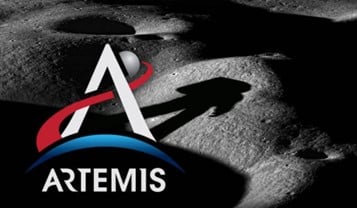The turbocharger is a very mature device that has been refined over the past 100+ years to achieve the right compromise between competing requirements. Efficiency, boost pressure, and range are all important goals, but so are low inertia to combat turbo lag, and low cost for commercial success. For off-highway vehicles, durability and service life are also important. These vehicles often operate over extreme load cycles and in very dusty conditions. In some circumstances, foreign object damage and blade fatigue may be life-limiting for the turbocharger. Turbocharger manufacturers in this space have focused on getting the right balance of these factors rather than maximizing any single parameter, and designers know that further gains in one area come at a cost to the others.
To achieve more than small, incremental improvements, designers have looked to more complex turbocharging systems. The exhaust wastegate was introduced to improve the match between the turbocharger and the engine over a range of engine speed and load conditions. The variable geometry turbine (VGT) can be considered as a more sophisticated version of this. It varies the size of the turbine to match the changing exhaust gas flow rate. In doing so, integrated with the engine management unit, it can provide additional control over the engine, for example, in setting the exhaust gas recirculation (EGR) quantity, and in providing additional boost temporarily during engine accelerations.
Series turbocharging uses two turbochargers in series and is already in widespread use in heavy-duty diesel engines, but increasingly it is penetrating the light-duty sector. Higher boost pressures can be achieved with series turbochargers. It is technically possible to achieve comparable boost pressures with a single turbocharger, but the impacts on turbocharger efficiency and range are considerable. Even so, series turbocharging alone does not meet the requirements of most applications and drive cycles, and one or both turbocharger turbines are fitted with wastegates or variable geometry.
Other developments also include compressor bypasses, which allow one stage to be switched out entirely, and combinations of series and parallel turbochargers. For smaller vehicles, packaging a series turbocharger is a considerable problem, and integrated series turbochargers have been developed to address this problem. A compromise solution is to drive two compressor stages with a single turbine stage, gaining packaging advantage at the cost of some operating flexibility.
More recent developments of small, high-speed electric machines and solid-state power switching for electrically assisted turbocharging and e-boosting. These machines are similar in size and rotate at the same order of speeds, as turbocharger compressors and turbines, so compact integration of rotordynamic and electrical machines is possible. The electric machine acts as a motor to provide additional power and boost at low engine conditions and as a generator when there is excess power at high engine conditions. An e-booster is an auxiliary air compressor, in series with the turbocharger compressor, driven by an electric motor, which can be switched in at times when extra boost is required.
Critical to these recent developments is the onboard storage of electrical energy. Even the best batteries have an energy storage density lower than that of hydrocarbon fuels. Wide adoption of hybrid diesel-electric or gasoline-electric powertrains for off-highway vehicles will be required for these types of systems to succeed.
Concepts NREC offers engineering design services and CAE and CAM software to support turbocharger manufacturers. Contact Us today to start the conversation.




